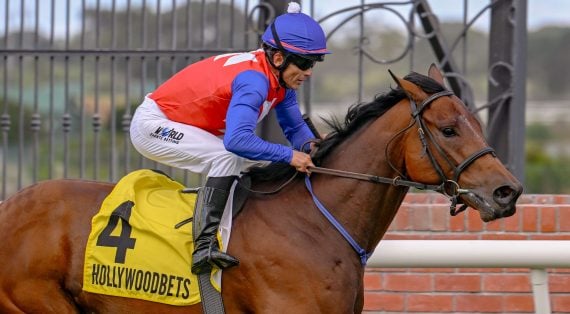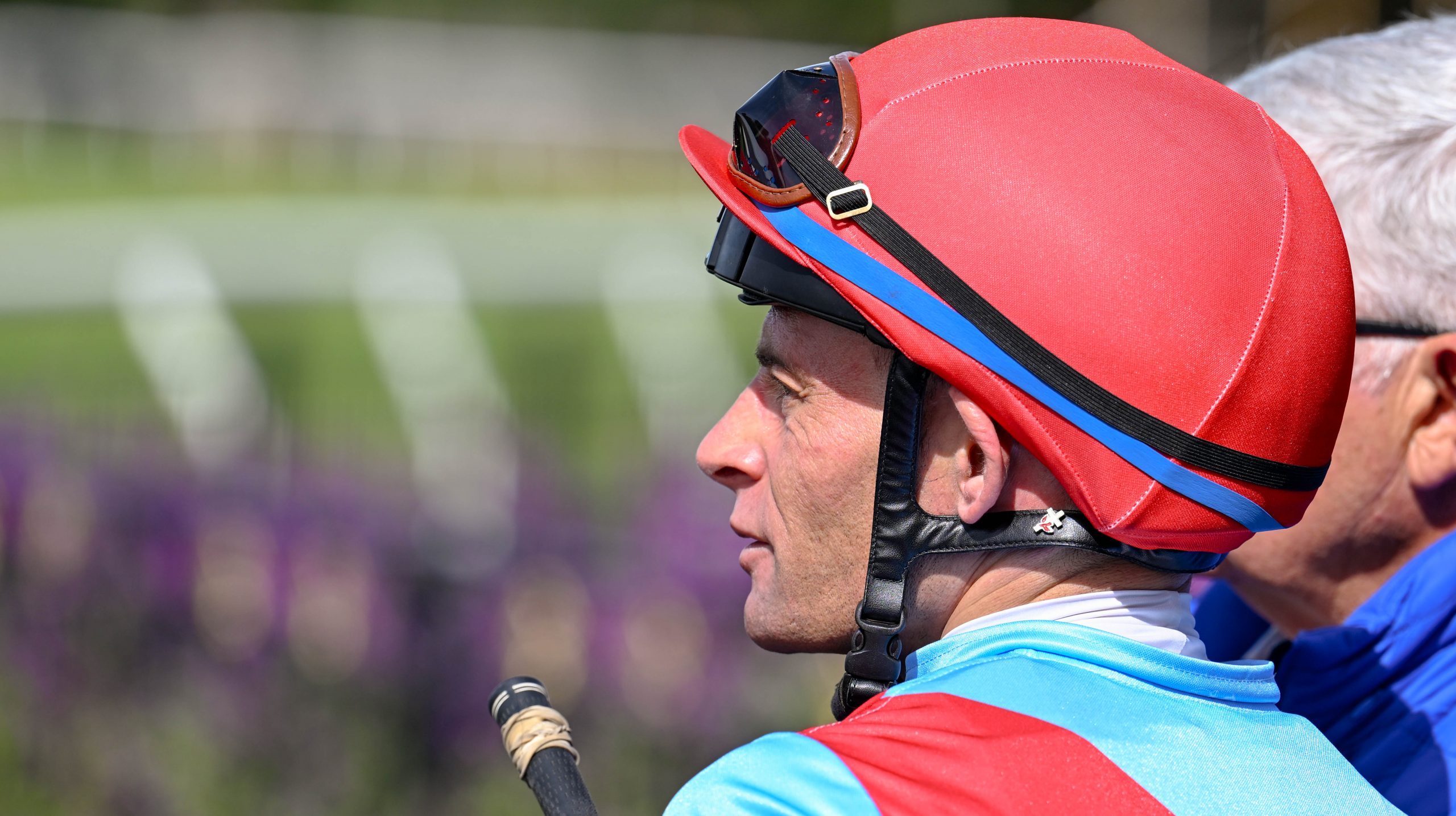National Horseracing Authority CEO Vee Moodley advises that the racing regulator’s Handicappers have reviewed the handicap performances of the three-year-old crop after the first two months of the current Southern Hemisphere season.
The NHA Handicappers are tasked with ensuring that all horses in handicaps have an equal chance of winning as per the rules of the NHA.
Rule: 47.3.2 a handicap, which shall be a RACE in which the weights to be carried by the HORSES are allocated by the handicapper for the purpose of equalising their chances of winning.
However it is a trend that the three-year-old crop consistently outperform their older rivals.
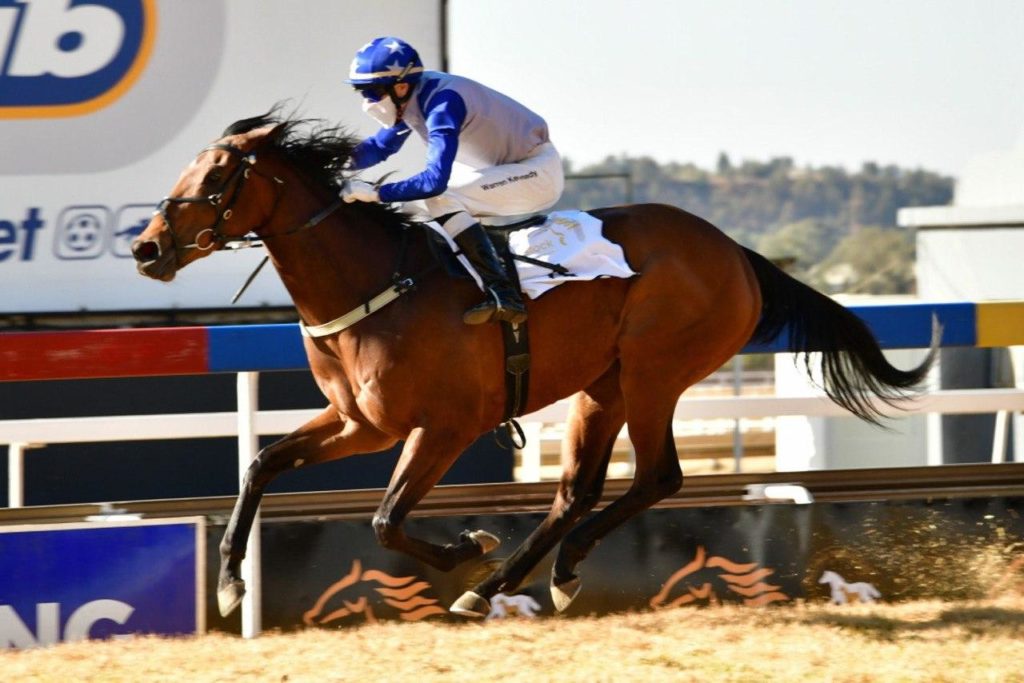
This is likely due to their freshness in racing, their propensity to improve more rapidly than older horses, and the likelihood that trainers take advantage of the favourable WFA for the more mature three-year-old’s early in the season.
The Handicappers have reviewed the handicap performances of the three-year-old crop after the first two months of the current Southern Hemisphere season.
This review is done regularly to ensure that a balance between crops is maintained and that handicaps remain competitive.
The chart below displays the number of starters in handicaps from the 2017/18 until 2020/21 and is divided into three-year-old starters in yellow and four years and older starters in blue.
The trend is for the participation by three-year-old’s to steadily increase through the course of the season with only a small number of early three-year-old starters during the months of August and September.
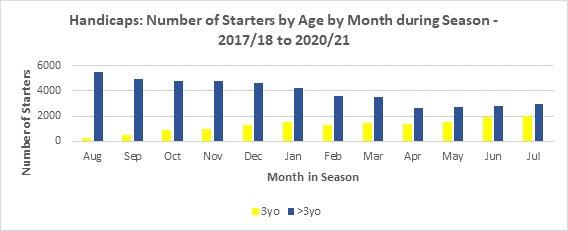
The chart below shows the three-year-old crop win strike rate in yellow, and the four year and older crop win strike rate in blue.
The strike rate is calculated by dividing wins for each group by the number of starters of each group and converting to percentages.
It can be seen that three-year-old crop as a group consistently outperform their older counterparts throughout the season.

NHA CEO Vee Moodley
In the early months of the season (August through to October) the three-year-old crop win at a significantly higher rate when compared to older competitors.
This is likely mostly because of an advantageous WFA factor at that time of the season for the advanced maturity level of the smaller number of runners in that period.
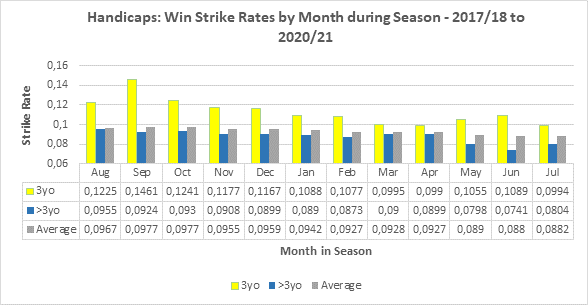
The tables below break down the strike rate by period in season – period one equating to August.
The average net merit ratings (Ave NMR) columns indicates that the three-year-old’s average net merit rating increases marginally through the course of the season.
Despite this, at no stage during the season does the four year and older group outperform the three-year-old crop. The consistent outperformance of the three-year-old crop throughout the season may be, in part, attributed to consistent adjusting of Merit
Ratings (seen in the Ave MR column) for horse that are not making Weight-For-Age improvement and also as a result of many horses making WFA improvement throughout the season.
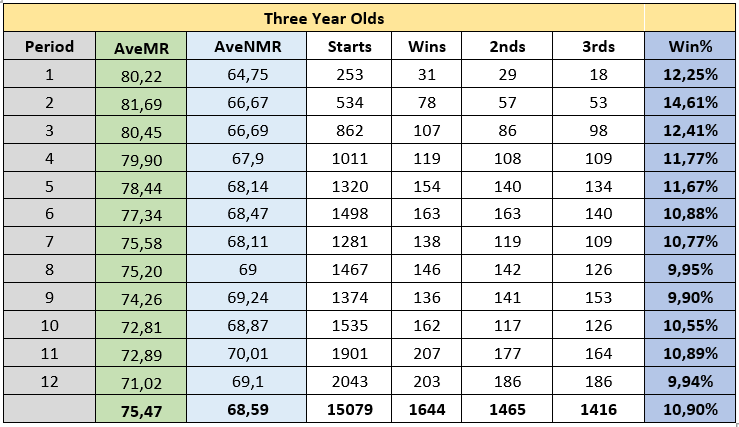
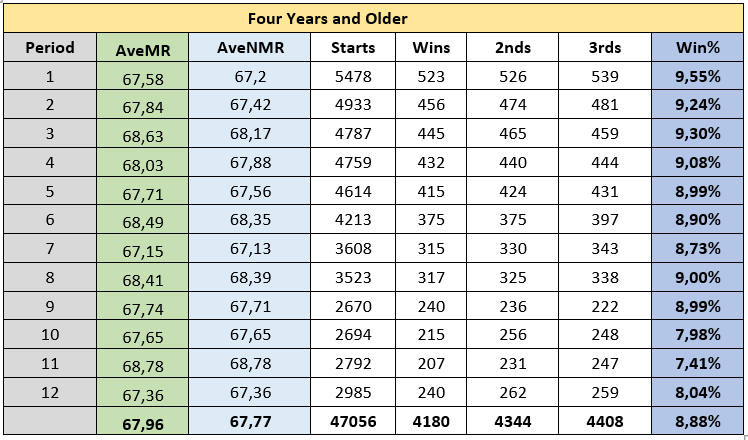
Current Season – August to September 2021
The table below compares the prior four seasons’ data with the current first two months of the new season and albeit only a small sample for the August/September 2021 period, it is noticeable that last season’s two-year-old’s have started their three-year-old season with a 14,29%-strike rate thus far and based on the trend of historic data should continue to outperform their older counterparts in the coming months of the season in races where full WFA is applicable.
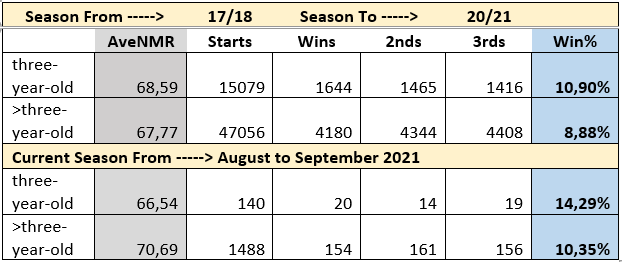
Please contact the Senior Handicapper Mr Lennon Maharaj at [email protected] for any queries.
- Media release by NHA on Friday 1 October 2021






